Don't wanna be here? Send us removal request.
Text
Sprint 5
WHAT DID WE DO:
- TESTING on Sarah’s cousin (Sarah)
- MAKE more visuals (me)
- RESEARCH game platform and explore using Unity (Ali)
This sprint we were experimenting with different potential platforms to use. After last sprint’s feedback, we thought it would be best to try to make a game if possible. Ali and I further explored different game platforms and experimented with different routes we could take. I continued working on visuals in case we decided not to go with the game (which ended up being the case). Ali has been doing research on game, but I feel like at this point I’ve been doing the bulk of the work; we wanted to have a unified look so we decided having one person do the illustrating would be best, but that seems to be a large majority of the work we’ve had to do thus far, which we did not account for.
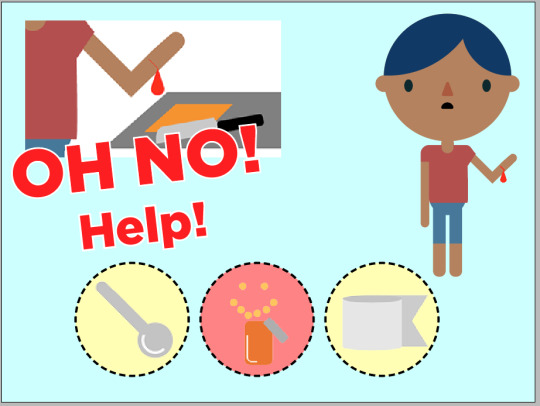
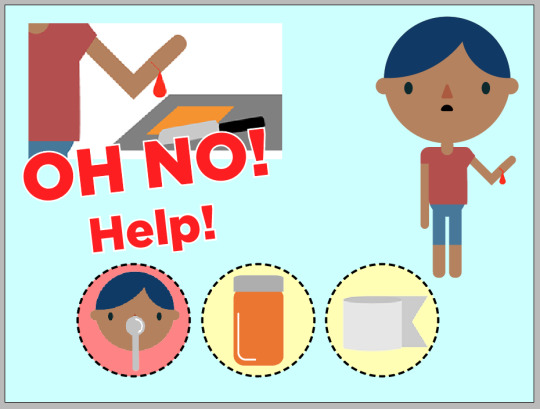
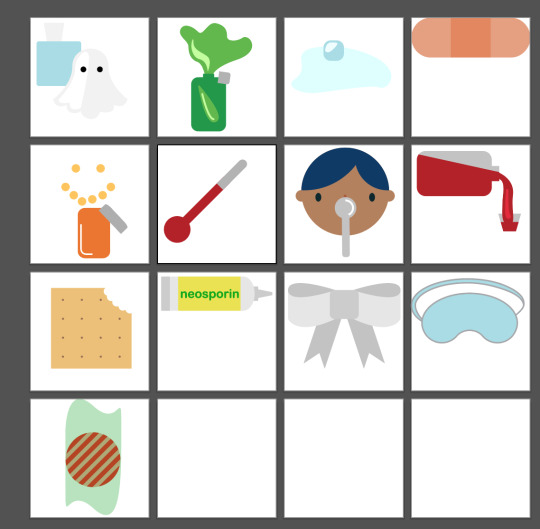
0 notes
Text
Sprint 4
This sprint:
- Refined idea from interactive PDF > Interactive Learning Game (still an PDF but we won’t call it that)
- Created rough layout template + started implementing information
- Worked out visual style for characters and objects
For next sprint:
- Find test subjects
- Update design and implement in new spreads
During this sprint, the bulk of the development was in the visuals and discussing a potential game plan moving forward. It’s been difficult to establish a way to quiz/teach kids without using many/any words. Many treatments we were planning to show are difficult to differentiate from other similar (but incorrect) treatments - like any kind of pill, or cold medicine vs. other liquid without using words.
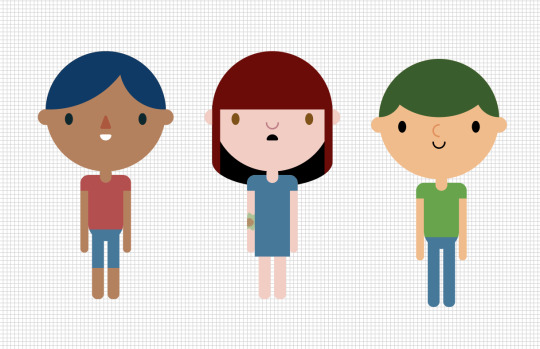
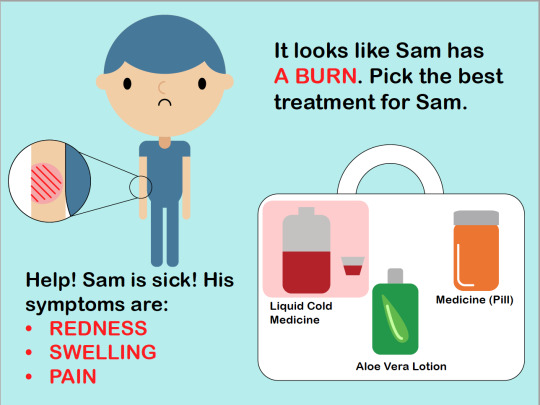
0 notes
Text
SPRINT 3
This sprint, we developed our idea from a passport that involves parental guidance to an interactive digital first aid kit.
This sprint we didn’t make a ton of progress because we were down a group member and didn’t want to make any major decisions without Ali. At the beginning of the sprint before Ali left, we pivoted from a paper first aid passport to a digital first aid kit. After researching digital vs. print platforms and considering the time and budget, we figured a digital platform could be more effective as well as being more interactive and could be used independent of parents.
We are planning to use an interactive PDF format.

0 notes
Text
SPRINT 2
User
- Between ages 6 - 12 year olds
- Weekly activity which becomes a habit which prepares the user for emergency situations
- Parents and a bear and activity “emergency passport” help the child learn through step-by-step lesson plans and using the bear as a “patient”
Designer - Teddy has appointment every week, ask parents for assistance in reminding you. - Every time teddy is sick, you look to the manual to find symptoms and solutions. - Spreads divided by treatments. - The reward is stickers / learning.
Scribe - Questions arose on how the bear was going to teach the situations as well as what was going to motivate the child to actually learn what was given them. - This bear and emergency passport would need to be self-motivated, bringing in the idea of a “weekly appointment/check-up” as well as stickers for encouragement would inspire the children to use it frequently and learn the first aid.
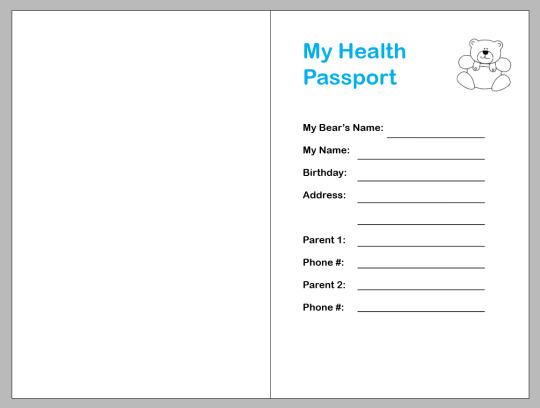
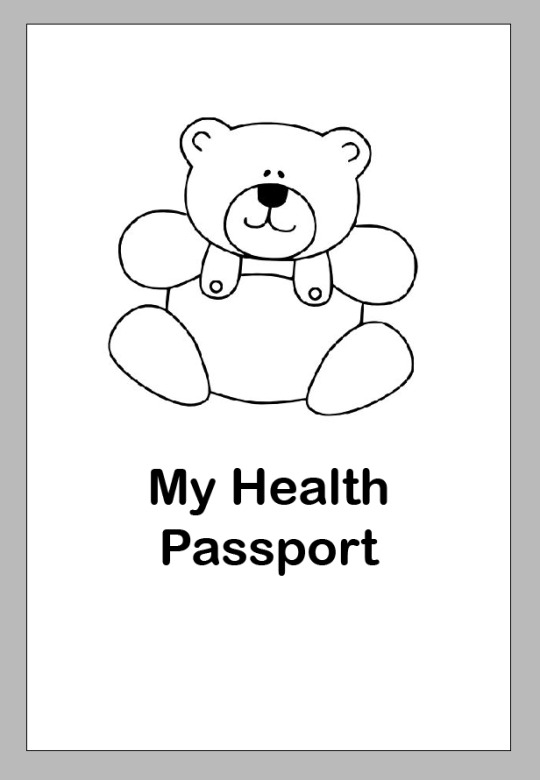
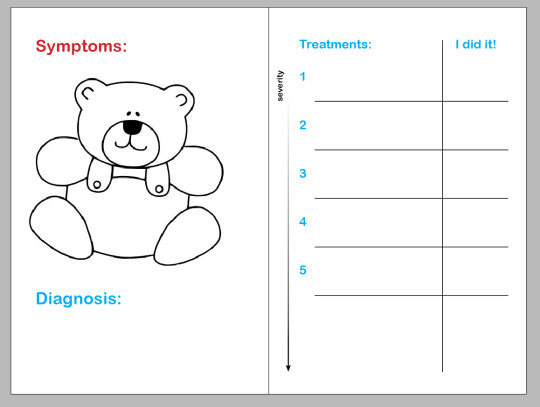
Over the past two weeks, our group has narrowed down our idea of teaching children first aid. We have decided to focus on a publication that will allow children to go through independently and learn about different first aid treatments. Some problems that have come up as things to address include narrowing down the scope of our problem statement and creating something more interactive for kids that doesn’t require parent intervention. We also are planning to focus our age group more, probably on a younger group (4-6 yrs) that would enjoy using a sticker book and placing treatments in the correct situations.
0 notes
Text
Outcomes + Options
OUTCOMES
Increase children’s memory of first aid items
Decrease easily preventable injury or death (Burns, falling, cuts/scrapes/bruises, fire safety, water safety)
Decrease response time in emergency situation simulation
Increase parent/child communication relating to first aid
OPTIONS
In the moment health app
Life alert button
Video game
Stickers for around the house
Information video
Build your own first aid kit
Integrated into class lesson plan
Parent child classes
Activity book
Game app - teach and learn preemptively
Game for parent/teacher and student
Flash cards
Guide to put inside existing first aid kit
Children’s book
Song/Jingle (Schoolhouse Rock) (I’M JUST A PILL)
Board Game (operation but not)
Travel first aid
Health passport - stamps for learning, basic information ID information
Map of house - dangers (or board game)
Reward system for learning
PSA with characters
Activity doll
First packaging with simple visual instructions
Poster
“Identify the wound” book, like book to identify trees
0 notes
Text
Research
How do children learn best?
The more sensory experiences related to learning, the better. PRACTICE doing the tasks, not just explain. Watch someone else do it, then do it themselves.
(also asked about experiences with learning first aid / emergency skills in school)
My mom had first aid class in middle school (late 1960s)
Zack only learned for job when working at the campus rec center. Learned fire safety, but didn’t learn first aid.
Personally never received first aid training in school, health class was mostly about diseases and health risks (STDs, don’t smoke, etc.) not related to regular everyday health incidents. Only learned First Aid/ CPR training before working at camp.
At what ages are adolescents capable of different comprehensions?
When neighbor was 2 he called 9-1-1 about pooping in the toilet - able to execute but not able to distinguish what was an emergency
Age 4-5 - know full name, emergency calls. Might need help recognizing numbers especially in stressful situation. Visuals of the numbers instead of just knowing “call 911″. Able to go next door to get help.
Age 6 - would recognize numbers and could call, get help
Ages 7-8 - gather supplies to help, ice for a burn, band-aids, towel, get a blanket / cover up a person, elevate feet, calm talking to help the person
Sources:
https://www.familyeducation.com/life/individuality/i-did-it-all-myself-age-age-guide-teaching-your-child-life-skills-0?slide=1
https://simplefamilypreparedness.com/essential-child-first-aid-skills/
https://www.injuryfree.org/safety.cfm
https://www.sesamestreet.org/sites/default/files/media_folders/Media%20Root/PREP_educatorguide_1.pdf
http://kidshealth.org/en/kids/health-problems/?WT.ac=k-nav#catemergencies
Current Design Constraints:
Children often are not capable of performing certain first aid procedures (CPR, Heimlich, other emergency procedures)
Don’t have skills/time to develop an app
Time constraints + broad category of information - needs to be narrowed down to have an attainable goal
Lack of first aid expertise
0 notes
Text
Stakeholders + Users, 5 Whys, Empathy Map
Stakeholders
medical professionals & first responders
parents
kids
teachers
Users
caretakers
teachers
parents
kids
Problem Statement: Children receive little to no education of first aid, leaving them and their loved ones in unnecessary danger in case of an emergency.
1. Why aren’t children educated in first aid?
Children aren’t educated in first aid due to a lack of resources and the assumption that there is always a parent or guardian present who will be able to help more readily.
2. Why is there a lack of resources for this vital knowledge?
Practical skills such as first aid are not emphasized in school curriculums because they are not on state or regional standardized tests to measure school performance and allocate funds.
3. Why aren’t these skills emphasized and tested?
Lower schools prepare students for higher education, which prepares students for the workforce. As STEM fields gain popularity and create new jobs, there is a higher demand for college graduates with this knowledge. This leads colleges to focus on those programs, which eventually impacts the teaching of K-12 subjects. Practical skills like first aid and other important subjects, like the arts and physical education, aren’t focuses of tests because they produce fewer jobs.
4. Why are there so few opportunities in humanistic fields as opposed to the tech industry?
As society progresses, there is a larger focuses on automation and efficiency. We are more focused on the efficiency of society than in enriching the lives of individuals. Skills focused on the present are falling to the wayside to make room for future-oriented pursuits in the form of technology.
5. Why is the focus on the future and technology?
$$$$
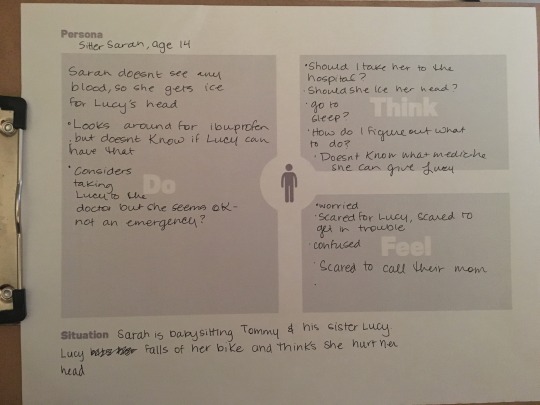
0 notes
Text
First Grade First Aid
PROBLEM STATEMENT // Children receive little to no education in potentially life-saving first aid and emergency preparedness practices.
0 notes